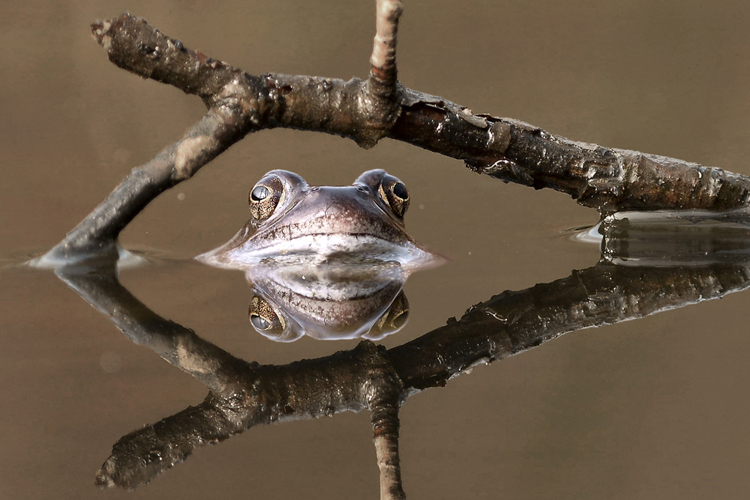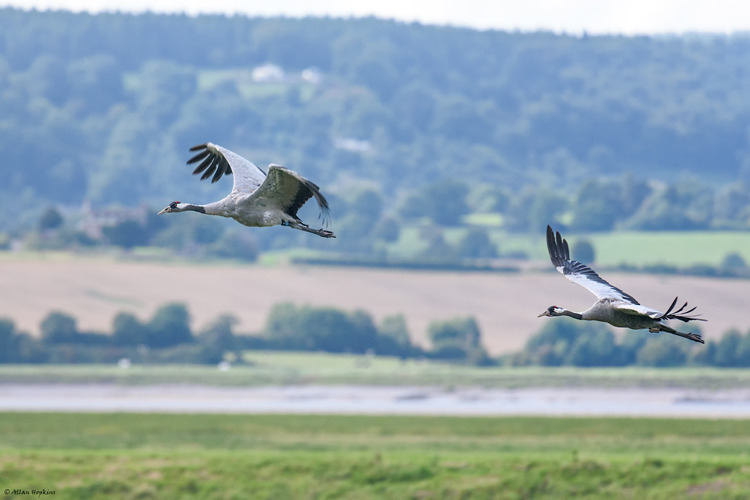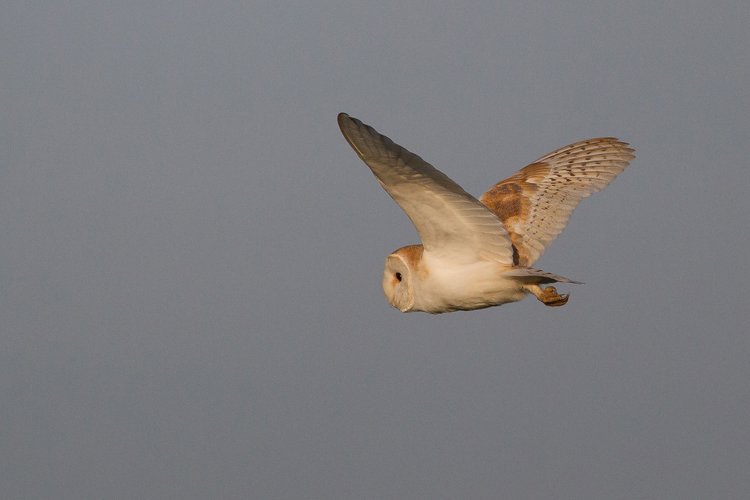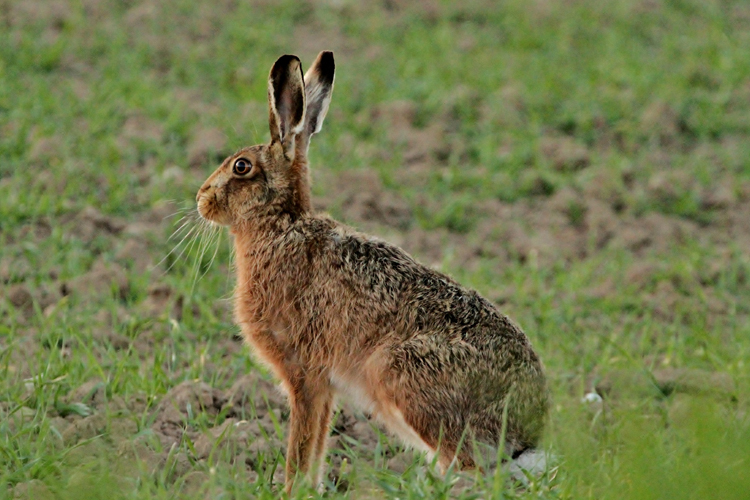

It’s beginning to look a lot like spring time in the Broads National Park, the daffodils are in bud and the snowdrops are blooming and all around the wildlife is starting to emerge. These are a few of the not-to-be-missed creatures lurking in by the Broads this month…

They might be called the common frog but they are actually anything but. It’s about March time that these small amphibians begin to emerge from their hibernation sites and move to their breeding grounds. Unfortunately the urbanisation of gardens and many busy roads has caused a dramatic decline in these amphibians. They are also a popular food source for foxes, herons, otters and bitterns.
Where to see: Look out for them at fresh water sites and be very careful when driving your car!

The Eurasian (common) crane really is an exceptional bird in the Broads National Park and is one of the largest in Europe. Whilst most cranes migrate there is a permanent breeding flock which thrive at Hickling. They can be recognised in flight from their outstretched back legs. The crane is on the UK Amber conservation list for birds, as it has such a small breeding population.
Where to see: Take a visit to NWT Hickling Broad, head to the coastal area of the Broads near Horsey or if you want a guaranteed sighting head to Pensthorpe Natural Park where wild cranes often visit the residents there.

The barn owl can be seen at dawn or dusk hunting along field borders. They are easily recognised by their heart shaped faces and ghost-like appearance. The courtship of the barn owl lasts between January and March, so now is a really good time to see one. Barn owl populations have fallen by more than half since the 1930s due to barn conversions and busy roads.
Where to see: You can find barn owls year-round in Norfolk and Suffolk. Try taking a look along riverbanks, farmland and grassland where you might spot one hunting for field voles and other prey.

There is no time more synonymous with the hare than March when they are famously most likely to display their ‘mad March’ behaviour with boxing matches. They preference arable fields and wide open spaces. They are becoming increasingly rare in the UK due to intensive farming methods and so to see one is a particularly magical experience. For more information, why not read our blog post, you'd be mad not to!
Where to see: Open fields and marshland are great places to start when searching for hares. Try visiting RSPB Buckenham Marshes, Halvergate Marshes or simply head out on a farmland walk near you to be in with a chance of spotting these amazing creatures.